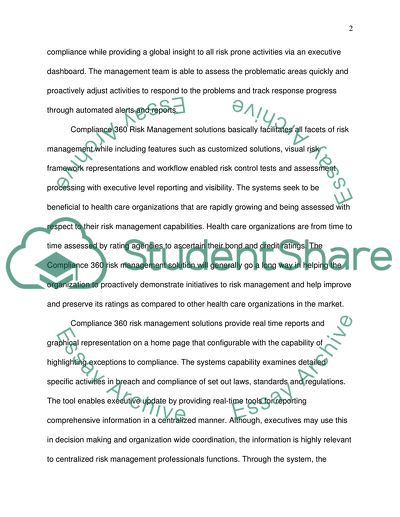Cite this document
(Risk Management Program for Healthcare Organizations Term Paper, n.d.)
Risk Management Program for Healthcare Organizations Term Paper. Retrieved from https://studentshare.org/health-sciences-medicine/1766474-risk-management-final-paper
Risk Management Program for Healthcare Organizations Term Paper. Retrieved from https://studentshare.org/health-sciences-medicine/1766474-risk-management-final-paper
(Risk Management Program for Healthcare Organizations Term Paper)
Risk Management Program for Healthcare Organizations Term Paper. https://studentshare.org/health-sciences-medicine/1766474-risk-management-final-paper.
Risk Management Program for Healthcare Organizations Term Paper. https://studentshare.org/health-sciences-medicine/1766474-risk-management-final-paper.
“Risk Management Program for Healthcare Organizations Term Paper”, n.d. https://studentshare.org/health-sciences-medicine/1766474-risk-management-final-paper.


